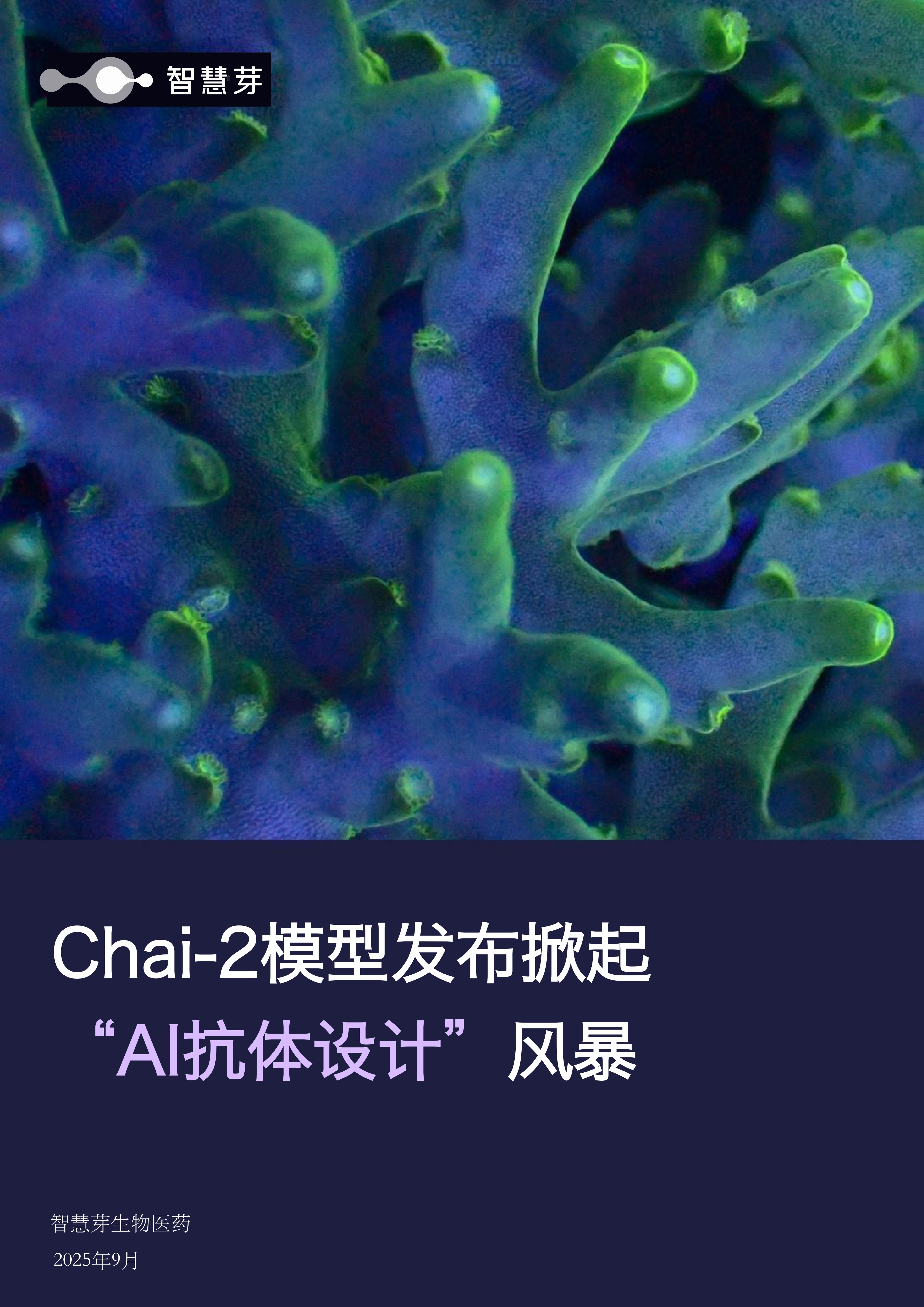预约演示
Secrets of the naked mole-rat: new study reveals how their unique metabolism protects them from heart attacks
2024-03-27
This unusual, subterranean mammal with extreme longevity shows genetic adaptations to low oxygen environments which could offer opportunities for advancing other areas of physiological and medical research in humans, including the development of novel therapeutic approaches.
This unusual, subterranean mammal with extreme longevity shows genetic adaptations to low oxygen environments which could offer opportunities for advancing other areas of physiological and medical research in humans, including the development of novel therapeutic approaches.
New research from Queen Mary University of London led by Dr Dunja Aksentijevic in the Faculty of Medicine and Dentistry has revealed that that the genome of the naked mole-rat contains specific adaptations that allow them to survive in low-oxygen, and even no oxygen environments in their natural habitat. The findings also show the mammals' distinct cardiometabolic pro to avoid damage to their hearts caused by cardiovascular events.
Dr Aksentijevic led the team of scientists from London, Pretoria and Cambridge to sample heart tissue from the naked mole-rat and compared it to samples from other African mole-rat species (Cape, Cape dune, common, Natal, Mahali, highveld and Damaraland mole-rats), as well as evolutionarily divergent mammals (Hottentot golden mole and C57/BL6 mouse).
In this study, they found that the naked mole-rat has a unique expression of genes in heart cells controlling energy generation from sugars resulting in a metabolic pro is distinct from any of the other mole-rats as well as the other species studied. These unique cardiac metabolic and genetic features of the naked mole-rat heart led to enhanced energy reserves even during blood occlusion and return of blood flow after in vitro simulated heart attack. Collectively, these adaptations result in the naked mole-rat 's tolerance to reduced oxygen and negligible damage to their heart tissue.
Dr Chris Faulkes, Reader (Associate Professor) in Evolutionary Ecology at Queen Mary and Lead Author, said: "Naked mole-rats live in a unique hypoxic and social environment, and we believe these factors have driven the evolution of special adaptations in their hearts that contribute to their exceptional longevity and health span,"
Dr Dunja Aksentijevic, Wellcome Trust Career Re-Entry Fellow, Reader (Associate Professor) in Cardiovascular Physiology and Metabolism at Queen Mary, said: "Unlike humans, who are prone to heart injury by hypoxia and anoxia caused by blood occlusion during heart attacks, NMR hearts have adapted to evade such damage. Thanks to our research, we are now able to understand the metabolic and genetic mechanisms underpinning this unique level of protection."
更多内容,请访问原始网站
文中所述内容并不反映新药情报库及其所属公司任何意见及观点,如有版权侵扰或错误之处,请及时联系我们,我们会在24小时内配合处理。
机构
适应症
靶点
-药物
-Eureka LS:
全新生物医药AI Agent 覆盖科研全链路,让突破性发现快人一步
立即开始免费试用!
智慧芽新药情报库是智慧芽专为生命科学人士构建的基于AI的创新药情报平台,助您全方位提升您的研发与决策效率。
立即开始数据试用!
智慧芽新药库数据也通过智慧芽数据服务平台,以API或者数据包形式对外开放,助您更加充分利用智慧芽新药情报信息。





